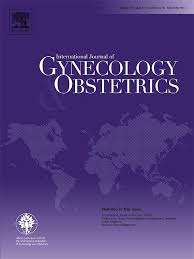Right to assisted reproductive technology: Overcoming infertility in low-resource countries
This article examines the high prevalence of primary and secondary infertility in low-resource countries. Provision of assisted reproductive technology (ART) to overcome both female and male infertility is in line with the reproductive rights agenda developed at the International Conference on Population and Development (ICPD) in Cairo 15 years ago. In addition to the right to control fertility, reproductive rights must encompass the right to facilitate fertility when fertility is threatened. Facilitation of fertility may require resort to ART, among both men and women. Egypt is highlighted as a positive example of progress in this regard.
Introduction
In 1978, the world’s first “test-tube baby”—the UK’s Louise Brown— was born via in vitro fertilization (IVF), a technique whereby sperm and eggs are retrieved from bodies, allowed to fertilize in a petri dish, and then transferred as fertilized embryos back to the woman’s uterus. This reproductive technology, initially developed to overcome the problem of a woman’s blocked or otherwise damaged fallopian tubes, is now 30 years old. However, after 30 years of IVF successes, the birth of nearly 5 million IVF babies, and the rapid evolution of many other assisted reproductive technologies (ARTs), including some that bridge the !elds of assisted reproduction and human genomics, IVF remains inaccessible to many infertile couples in low- resource countries. If there is a reproductive “right” to ART—under a rights-based approach to family planning—then this right has yet to be achieved by millions of infertile couples living worldwide.
This article argues for the right to ART, by demonstrating the reasons why IVF and related technologies are so desperately needed by women and men in low-resource regions of the world. Firstly, the high prevalence of infertility in these regions is explored. Secondly, infertility is assessed as a human rights issue, especially for women, but also for men. Finally, the provision of ARTs to infertile couples in low-resource countries is examined as a reproductive rights issue in line with the agenda developed at the International Conference on Population and Development (ICPD) held in Cairo 15 years ago.
Read ‘Right to assisted reproductive technology: Overcoming infertility in low-resource countries‘
